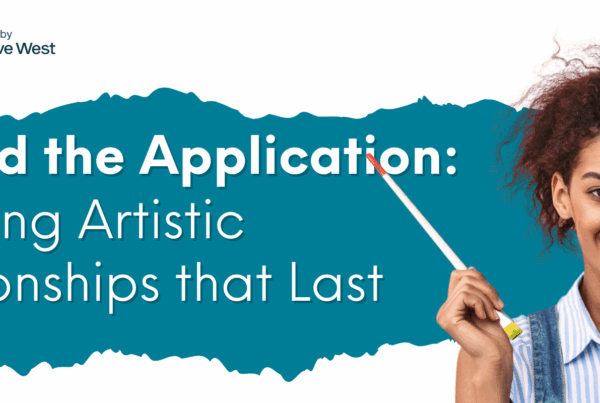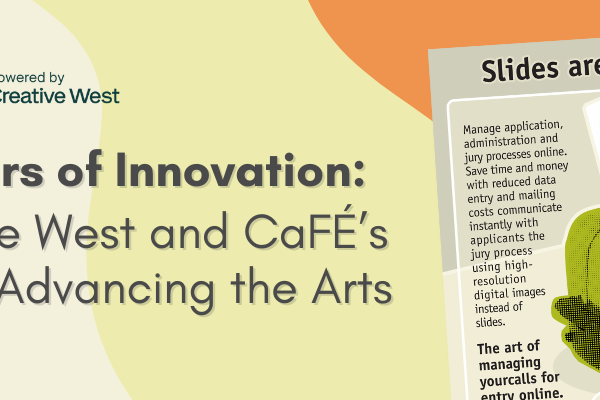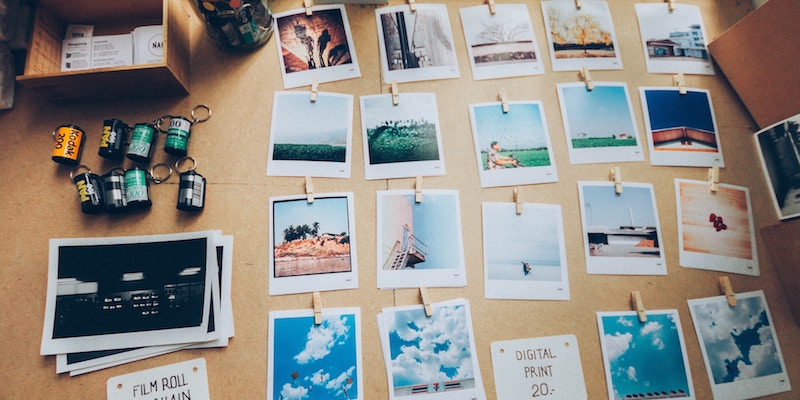
Think of each application for an exhibition or public art call as a job application. It’s imperative to adjust our “resumes” every single time to meet varying application and call requirements. But one thing remains constant: images.
Your goal is to be selected and get the job (or make it to the next round, be added to the roster, etc.). So, how can you tell the right story with impactful photos and smart image selections?
1. Know your audience.
What do you want administrators and jurors to see or understand immediately? Start by selecting the artwork examples that best embody the parameters outlined in the call. Order your most powerful photos first and last, then rearrange the other images to fit what the audience is looking for. Think of the competition and what others might be including. Then, narrow your images to those that best set you apart.
When you view the images you’ve selected for the application, does each image stand on its own as a singular piece? Do the images make sense together as a cohesive body of work? Think of a theme and stick with it. Don’t get too cutesy, but especially if the event to which you are applying has a theme, show them you’ve read the prospectus by tying in motifs and concepts from their summary.

Grouping of Artwork Samples
Bonus Tip: Aside from your photos, categories matter. Make sure you apply in the correct medium and for the types of calls that are appropriate to your work.
2. Use your space wisely.
One thing you don’t need: A detail shot. In the analog and early digital age, these images were once common. As online and digital technology has improved, detail shots have gone the way of the dodo.
Put yourself in the juror’s shoes. The artist knows which images are detail shots, but a juror may not quickly identify the detail view as a smaller section of a larger work. Jurors score based on images; do you want to waste your most valuable opportunity to score high marks? Wouldn’t you rather showcase a second artwork to really show them why you’re the right artist for the job?
3. Add where you can.
When uploading images to your CaFE portfolio, you have the option to include descriptive details, such as dimensions, price, year created, and artistic medium. Why not include all relevant information? For photographic exhibitions/contests, captions can elevate an already strong image to the next level.
Some calls are set up to collect video, so use this to your advantage. Submit video when available and applicable, especially as video is far more impactful than those old school detail shots. Sometimes calls are set to collect a link to outside media sites, such as Vimeo. If you’re given the opportunity to show your stuff, use it!
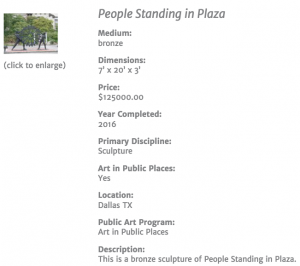
Artwork Number 1
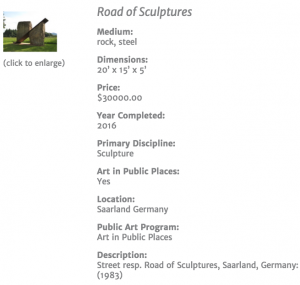
Artwork Number 2
Bonus Tip: Don’t overdo it on the photo editing. Photoshop can be your friend to even out certain areas, but also easily becomes too much.
4. Bigger is better.
As digital photography—including smartphone cameras—improves and evolves, access to quality images has never been easier. Images uploaded to the CaFE site can range from 1200 to 1920 pixels on the longest edge, meaning artists can submit sizes based on their camera access.
If you can, start with a larger size image for even more options. Using an image with more resolution and greater PPI and DPI, ensures an excellent, versatile image. PPI refers to pixels per inch and is the pixel density for viewing images on a computer screen. DPI means dots per inch, which is key for printing items like posters, brochures, and catalogs. By starting with a bigger image, it’s also easier to size down (or crop) it than use an image that’s far too small to begin with.
Remember too that one of the benefits of the CaFE system is that it’s always being enhanced to improve applying, jurying, and managing calls for all users and stay on top of changing best practices and technological trends.
1200 Pixel Image
1920 Pixel Image
Bonus Tip: If the magic words in real estate are “location, location, location,” then the magic words in art application photos are “lighting, lighting, lighting.”
We know you’ve taken great pains to get fantastic images, but if you need help with how to best photograph your work, visit these additional resource links:
Written by Leah M. Charney

